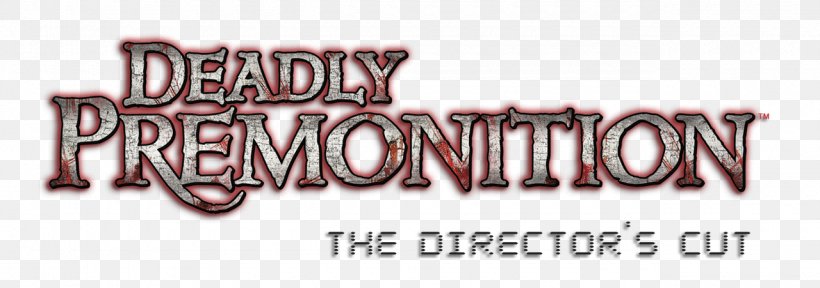
Premonition AI: Complete Buyer's Guide
Attorney-judge matchup analytics for strategic litigation intelligence
Premonition AI specializes in attorney-judge matchup analytics, offering litigation firms strategic intelligence through judicial behavior analysis rather than comprehensive case management. The platform analyzes attorney performance patterns before specific judges, claiming to process "over 50,000 documents per second" to identify optimal attorney-judge pairings that influence case outcomes[136][141].
Market Position & Maturity
Market Standing
Premonition AI occupies a specialized niche within the rapidly expanding AI litigation prediction tools market, which projects growth from $3.11 billion in 2025 to $10.82 billion by 2030[126].
Company Maturity
Company maturity indicators remain limited in accessible documentation, though Premonition's specialized positioning and $5,000 starting price point[138] suggests a business model designed for sustainable operations serving mid-market firms excluded from enterprise platforms by cost barriers.
Growth Trajectory
Firm-level AI adoption remains at only 21% in 2025[122], indicating significant untapped market opportunity that benefits specialized vendors offering proven applications rather than complex general-purpose solutions.
Industry Recognition
Premonition's niche focus on judicial behavior analysis may provide competitive advantages in specific use cases while facing coverage limitations compared to comprehensive alternatives.
Longevity Assessment
Long-term viability depends on the vendor's ability to maintain specialized value proposition as larger platforms expand capabilities and market consolidation continues.
Proof of Capabilities
Quantified Outcomes
Performance claims center on the vendor's assertion that their attorney-judge matchup analytics influence 30.7% of case outcomes[141], though the methodology underlying this precise percentage lacks independent verification.
Market Validation
Market validation emerges through broader industry context where AI litigation tools achieve 68-86% prediction accuracy in controlled environments[133], compared to human attorneys' 62.3% average[140].
AI Technology
Premonition AI's technical foundation centers on attorney-judge matchup analytics using historical case data processing to identify performance patterns and optimal pairings.
Architecture
The system's performance varies significantly based on historical data density, with effectiveness degrading in courts lacking sufficient case history[124][129].
Primary Competitors
Lex Machina for comprehensive litigation analytics with patent, employment, and IP dispute specialization; Gavelytics for state court focus with pricing starting at $5,000 annually; and Pre/Dicta for motion prediction with 85% accuracy in specialized applications[139].
Competitive Advantages
Primary competitive advantages center on cost accessibility with $5,000 annual pricing[138] compared to enterprise platforms requiring $15,000-$50,000 subscriptions[138], and specialized expertise in judicial behavior analysis that generalist platforms may address less thoroughly.
Market Positioning
Premonition AI competes through specialized focus on attorney-judge analytics against comprehensive litigation platforms, creating distinct competitive dynamics based on capability depth versus breadth in the consolidating legal AI market.
Win/Loss Scenarios
Win/Loss scenarios favor Premonition for mid-market firms seeking cost-effective judicial analytics in federal courts with dense historical data, while comprehensive platforms win for organizations requiring multi-jurisdictional coverage or diverse analytical capabilities beyond attorney-judge matching.
Key Features

Pros & Cons
Use Cases
Pricing
Featured In Articles
How We Researched This Guide
About This Guide: This comprehensive analysis is based on extensive competitive intelligence and real-world implementation data from leading AI vendors. StayModern updates this guide quarterly to reflect market developments and vendor performance changes.
141+ verified sources per analysis including official documentation, customer reviews, analyst reports, and industry publications.
- • Vendor documentation & whitepapers
- • Customer testimonials & case studies
- • Third-party analyst assessments
- • Industry benchmarking reports
Standardized assessment framework across 8 key dimensions for objective comparison.
- • Technology capabilities & architecture
- • Market position & customer evidence
- • Implementation experience & support
- • Pricing value & competitive position
Research is refreshed every 90 days to capture market changes and new vendor capabilities.
- • New product releases & features
- • Market positioning changes
- • Customer feedback integration
- • Competitive landscape shifts
Every claim is source-linked with direct citations to original materials for verification.
- • Clickable citation links
- • Original source attribution
- • Date stamps for currency
- • Quality score validation
Analysis follows systematic research protocols with consistent evaluation frameworks.
- • Standardized assessment criteria
- • Multi-source verification process
- • Consistent evaluation methodology
- • Quality assurance protocols
Buyer-focused analysis with transparent methodology and factual accuracy commitment.
- • Objective comparative analysis
- • Transparent research methodology
- • Factual accuracy commitment
- • Continuous quality improvement
Quality Commitment: If you find any inaccuracies in our analysis on this page, please contact us at research@staymodern.ai. We're committed to maintaining the highest standards of research integrity and will investigate and correct any issues promptly.